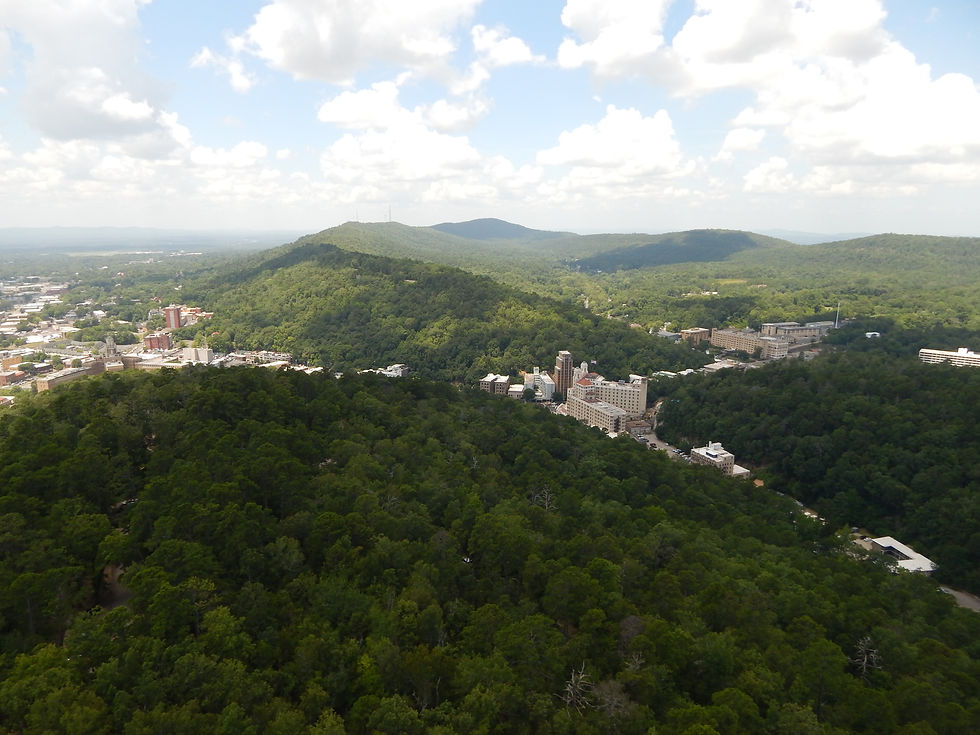Week 2 [5/31 - 6/6]
- Jayson Kunkel
- Jun 6
- 3 min read
Updated: Jun 16
Wow, week 2 flew by! Introductory classes continued this week, and the project started to feel more 'real' as I worked towards choosing my topic and formulating research questions. I also spent some time out and about in Hattiesburg and rediscovered the highs and lows of morning workouts.

Accomplishments
My main objectives this week were to pick a research topic and draft some initial questions. Some of my initial interests, like Native Americans, were scarce in the CWRGM letters and could not constitute a full research project. Instead, I chose to focus on the lower Mississippi River flooding of 1874, one of the most significant floods in the river's history and a cause of widespread devastation in Mississippi and the South. After browsing through the related CWRGM letters, most of them being requests to Governor Adelbert Ames for flood relief, I generated a few research questions relating to the flood, range of destruction, and distribution of aid.
How did the Great Mississippi Flood of 1874 impact communities along the lower Mississippi River, including towns, agriculture, and livelihood? Which areas were most heavily affected? How widespread was the damage?
How were resources and relief distributed across Mississippi following the 1874 flood? Which communities requested aid, and asked for what supplies? How much was requested, how much was provided, and how timely was the response?
My cohort also spent time in the McCain Library and Archives Special Collections department getting hands on experience in reading and analyzing historical sources, including a prison magazine and weed-based cookbook! Overall, I feel much more confident and prepared to tackle my research project thanks to the lectures and activities this week.
Barriers to my best work
I was initially discouraged by the relative lack of information regarding the 1874 flood within the CWRGM database, since most letters were simply aid requests or lists of affected people. Perhaps I anticipated a more comprehensive overview, such as insight into the lives of workers and a possible economic shift after the flood. Secondary sources were also scarce, at least from the brief research I did this week. This is not necessarily a bad thing, however, since the aid requests themselves present interesting research opportunities. Aside from this, I spent time on several occasions this week working on my personal mapping projects that I should have used to read more letters. This time loss wasn't detrimental to my Mapping Freedom work, although I will be more conscious of my worktime going forward.
Things i learned
The most helpful lectures for me were those focused on how to write good research questions and how to structure the introduction to a research paper. For the latter, I appreciated the time spent considering limitations of my study and assumptions made about my topic. In the case of aid requests, through CWRGM, I can only access aid requests sent directly to Governor Ames. This excludes requests sent to other cities or government officials, including the federal government, and thus excludes information regarding aid distribution. Furthermore, I might assume that if Governor Ames promised supplies, he actually sent them, and even that he read the request at all. From the introductory lecture on the digital humanities, I took away a better understanding of the field and a concise definition: the digital humanities involve using digital tools and STEM skills to answer and analyze humanities questions and problems. I gained an overview of core concepts, methodologies, applications, case studies, resources and tools, ethical considerations, and emerging trends.
Next Research steps
With my initial research questions done, I will begin drafting a paper introduction following the outline provided during the lecture. This includes contextualizing my topic, defining key terms, and explaining my study's importance to a greater understanding of Reconstruction. I also plan to conduct an initial spatial analysis in QGIS. I'm not yet sure what this will look like, but I may start with a basic map of where aid requests originated.
A snippet of the South
I visited The Lucky Rabbit with some friends, which is a huge antique mall spanning four total floors over two buildings! Aside from vintage finds, they have wine, yard games, an ice cream truck, and a Stranger Things photo op! This week I bought a psychedelic glass ring and necklace, a silly cat pin, a rock pin, and a Hot Wheels car with Bullwinkle the Moose painted on one side. The Lucky Rabbit hosts numerous events, including an artist market, which I plan to check out soon.
Bug of the week
This week's bug is this adorable slender meadow katydid! This little guy was catching some sun on a kids' slide at The Lucky Rabbit. You could intercept a radio signal with those antennae!






Comments